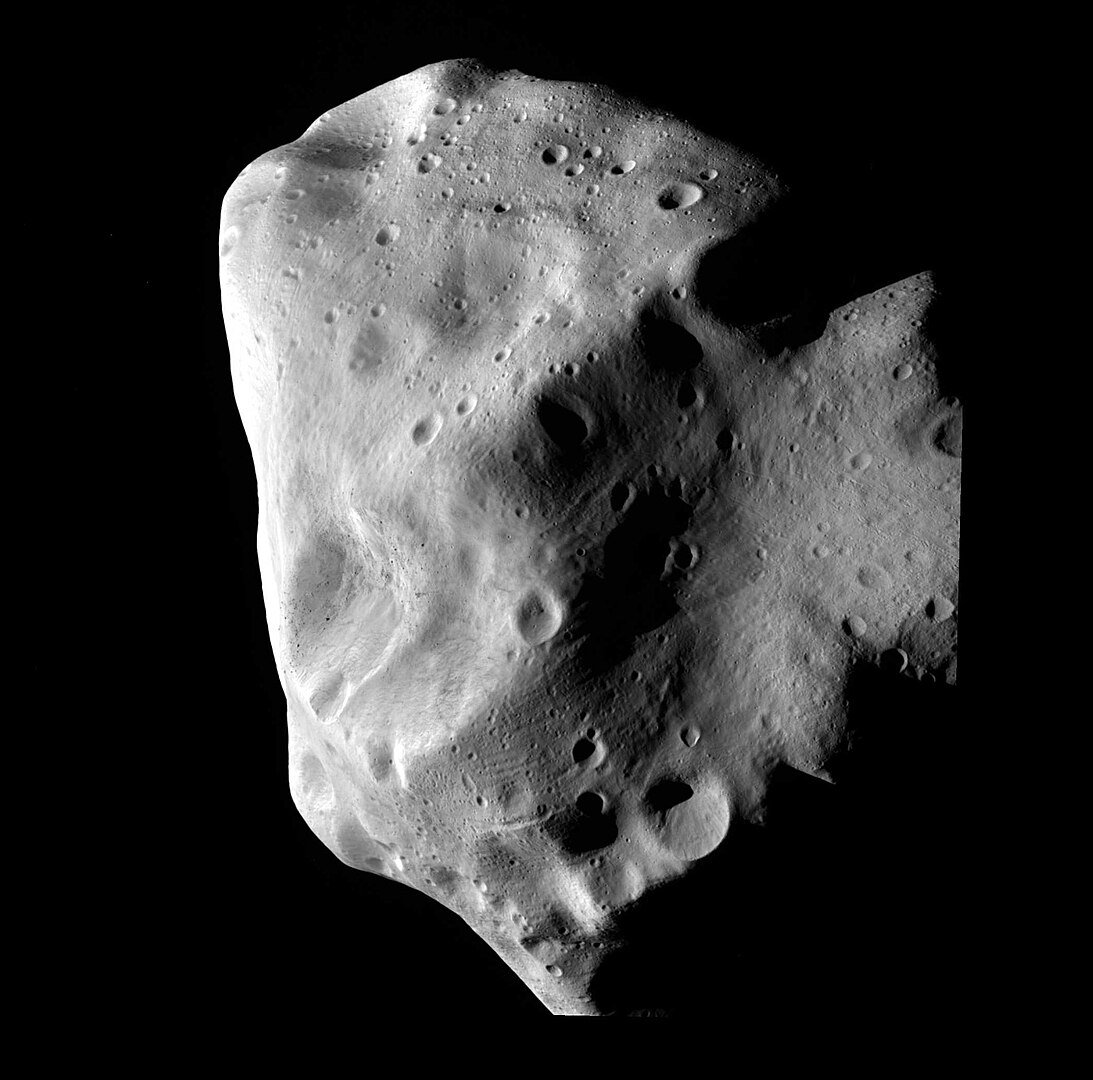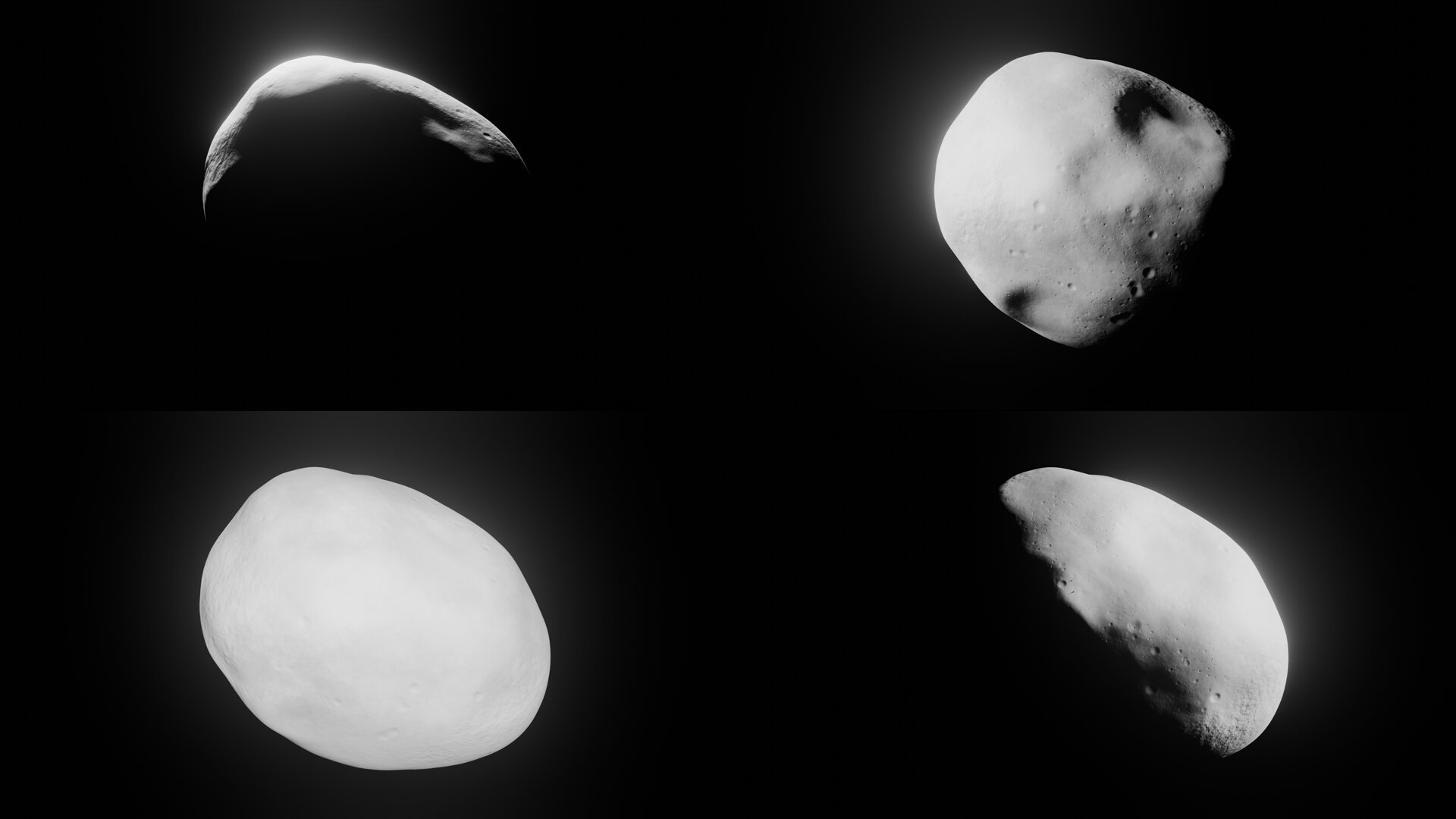Asteroids floating through our Solar System are debris left over from when our planetary neighbourhood formed 4.6 billion years ago. Scientists study these ancient fragments as time capsules that reveal secrets about our Solar System’s earliest days. Now, new research has uncovered a surprising connection between two completely different types of asteroids that may actually share the same dramatic origin story.
Studying asteroids like Ceres – captured here – allow us to learn more about the origins of the Solar System ( Credit : NASA / JPL-Caltech / UCLA / MPS / DLR / IDA / Justin Cowart)
Joe Masiero from the Infrared Processing and Analysis Centre at Caltech led a study that challenges how we think about groups of asteroids. His team discovered that two distinct categories of space rocks; one metallic and shiny, the other made of rocky silicates, both carry the same unusual dusty fingerprint on their surfaces. This discovery suggests these seemingly different asteroids may have started life as parts of the same massive parent objects that later shattered into the smaller fragments we observe today.
Astronomers classify asteroids into groups based on how they reflect light, using letters like M, K, and C to denote different types. M-type asteroids are metal rich and almost gleam like mirrors, while K-type asteroids are composed of silicates, the same rocky materials that make up about 95 percent of Earth’s crust and mantle. Despite their completely different compositions, both types share something unexpected, a thin coating of troilite, an unusual iron/sulphur compound that acts like a fingerprint.
“Troilite is very uncommon, so we can use it as a fingerprint that links these two different types of objects to each other.” – Joe Masiero from the Infrared Processing and Analysis Centre at Caltech
Finding this rare material on both asteroid types is like discovering the same distinctive paint on seemingly unrelated artefacts, it suggests they came from the same source. To uncover this connection, the team used a sophisticated technique that goes beyond simply looking at asteroid colours or brightness. He studied polarisation, the directional properties of light reflected from asteroid surfaces. Just as polarised sunglasses filter glare by blocking light waves oriented in certain directions, different minerals on asteroid surfaces create unique polarisation patterns when sunlight bounces off them.
Using the WIRC+Pol instrument at Caltech’s Palomar Observatory, they measured how polarised light from these asteroids changed as they moved through their orbits. Like the Moon, asteroids go through phases as they travel around the Sun, appearing differently lit from Earth’s perspective. These changing viewing angles revealed details about surface composition that traditional colour analysis couldn’t detect.
The polarisation data revealed that both M-type and K-type asteroids have surface layers of troilite dust, despite their dramatically different underlying compositions. This shared feature suggests they originated from the same type of large parent bodies that later fragmented into the smaller asteroids we see today.
 Image of the M-type asteroid 21 Lutetia taken by the ESA Rosetta Spacecraft during a flyby in 2010 (Credit : ESA 2010 MPS for OSIRIS Team)
Image of the M-type asteroid 21 Lutetia taken by the ESA Rosetta Spacecraft during a flyby in 2010 (Credit : ESA 2010 MPS for OSIRIS Team)
The team theorise that these parent objects were like miniature planets with distinct layers, dense metallic cores surrounded by rocky mantles, similar to Earth’s structure. When these large objects were destroyed, perhaps by massive collisions early in Solar System history, the fragments from different layers became the diverse asteroid types we observe today. The metallic M-types came from the cores, while the rocky K-types originated from the outer layers.
The troilite dust coating both types could have been present on the original object’s surface before it broke apart, or it might have formed a cloud that settled on all the fragments after the destruction. Either way, this rare mineral serves as evidence linking these asteroid families to common ancestors.
This research demonstrates how asteroids serve as archaeological records of our Solar System’s violent early history. Unlike Earth, where geological and atmospheric processes have erased most traces of our planet’s formation, asteroids preserve pristine samples of the materials and conditions that existed when solid objects first began forming around the young Sun.
Source : Two Different Types of Asteroids May Actually Share Same Origin Story
